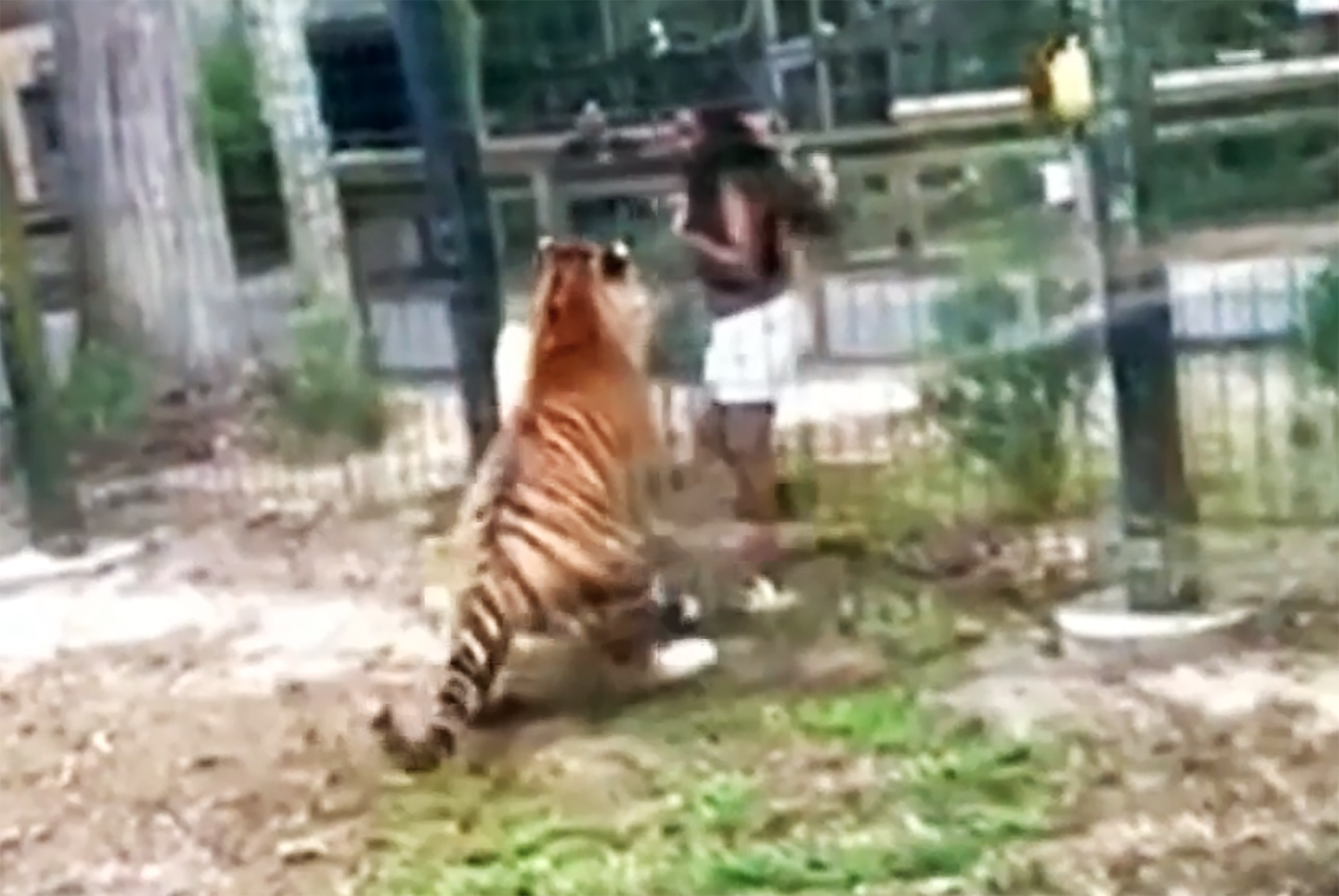Author of the article:
Published Sep 04, 2024 • 3 minute read

EDMONTON — Audric Moses has seen a few late-summer wasp outbreaks around his Edmonton home over the past seven years, but nothing like what he saw last week.
Advertisement 2
THIS CONTENT IS RESERVED FOR SUBSCRIBERS ONLY
Subscribe now to read the latest news in your city and across Canada.
- Unlimited online access to articles from across Canada with one account.
- Get exclusive access to the Toronto Sun ePaper, an electronic replica of the print edition that you can share, download and comment on.
- Enjoy insights and behind-the-scenes analysis from our award-winning journalists.
- Support local journalists and the next generation of journalists.
- Daily puzzles including the New York Times Crossword.
SUBSCRIBE TO UNLOCK MORE ARTICLES
Subscribe now to read the latest news in your city and across Canada.
- Unlimited online access to articles from across Canada with one account.
- Get exclusive access to the Toronto Sun ePaper, an electronic replica of the print edition that you can share, download and comment on.
- Enjoy insights and behind-the-scenes analysis from our award-winning journalists.
- Support local journalists and the next generation of journalists.
- Daily puzzles including the New York Times Crossword.
REGISTER / SIGN IN TO UNLOCK MORE ARTICLES
Create an account or sign in to continue with your reading experience.
- Access articles from across Canada with one account.
- Share your thoughts and join the conversation in the comments.
- Enjoy additional articles per month.
- Get email updates from your favourite authors.
Article content
“My wife said, ‘Hey, come on out here. You need to see this,”‘ he said.
“There were apples in the tree that were completely covered in wasps, inside and outside of the apples. They were just eating their way into the centre, leaving a hollow skin of an apple behind.
“The population of wasps just seems to have exploded in the last week.”
Late summer is often wasp time on the Prairies, as the little stingers go through their natural cycle. But this season seems a bit more yellow-and-black than normal.
“I’ve been hearing a lot from southern and central Alberta that it seems like it’s big wasp season,” said University of Alberta entomologist Maya Evenden.
It’s the same to the east, said her colleague Sarah Wood at the University of Saskatchewan.
By signing up you consent to receive the above newsletter from Postmedia Network Inc.
Article content
Advertisement 3
Article content
“I do hear from people who are getting stung in their backyards,” she said. “Populations may be higher this year than average.”
Many would agree.
On Friday, kindergarten to Grade 9 students at Edmonton’s Shauna May Seneca School were kept indoors for recess because there were too many wasps in the schoolyard. Restaurant servers in the city have also been warning prospective patio-sitters that they may have fellow diners in yellow jackets.
The City of Edmonton says its pest management team has removed 374 wasp nests so far this year and is in the process of removing more. Last year, it got rid of 121.
While there may be a bit more buzz to this summer’s wasp season, there’s nothing new about the reasons for it. Wasp demographics and food supplies create the same effect every year.
Advertisement 4
Article content
Firstly, said Evenden, wasp colonies have had all summer to nurture their eggs and bring larvae to adulthood. By now, there’s a whole new generation of grown-up wasps thirsty for a sip of the wine in your glass.
“They’ve had that season to build up their colony size,” Evenden said. “There’s more of them from each colony.”
Evenden added that unusually hot weather across the Prairies in July may have quickened the growth of the larvae and helped more of them survive.
As well, late summer is when wasp diets shift. Earlier in the summer, wasps are able to feed their young without too much trouble _ a balanced diet of flower pollen and the larvae and young of other insects.
But by this point in the season, those prey insects have all grown up and flowers aren’t quite as abundant.
Advertisement 5
Article content
“There’s less nectar available in the environment,” said Wood.
“They need to look for other resources. That’s why they’re after human food as well as honeybees’ food. There’s just less to go around.”
That relative scarcity has another effect that does not go unnoticed.
“They seem a little bit more aggressive,” said Evenden.
Evenden said people should look more kindly on wasps. They’re important plant pollinators and play significant ecosystem roles, even in suburban backyards.
“People give them a bad rap,” she said.
But Moses wishes they’d play that role somewhere else. A wasp trap he set out in his backyard was full of dead bugs in a day.
“All of the liquid bait was gone,” he said. “It was just wasp bodies.
“It was dangerous. We couldn’t go into some parts of our yard.”
The outbreak in his yard may be abating, a little. The next wasp trap took two days to fill.
As the fall weather cools, wasps stop laying eggs and slow down. Eventually, all the wasps in the colony die, except for a few fertilized females that hunker down for the winter to wait for spring.
Then they can begin rebuilding the colony and start the whole cycle over again.
Article content
.png)
 2 weeks ago
14
2 weeks ago
14

































 Bengali (BD) ·
Bengali (BD) ·  English (US) ·
English (US) ·